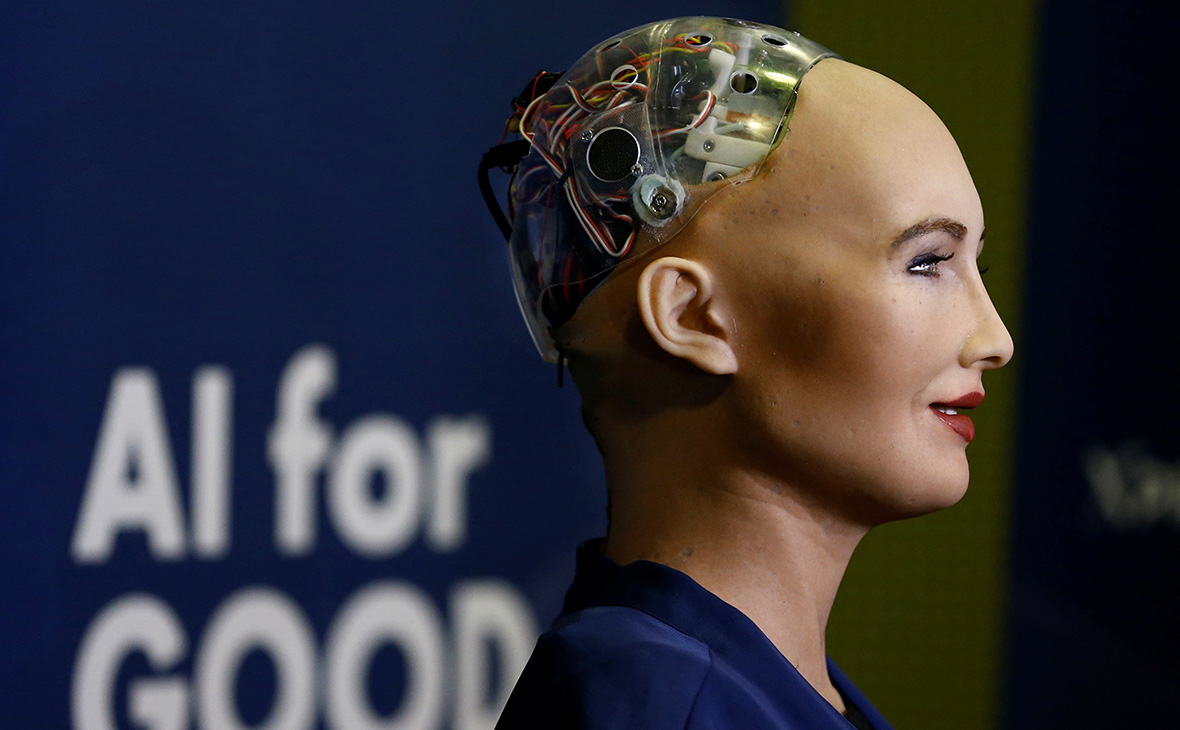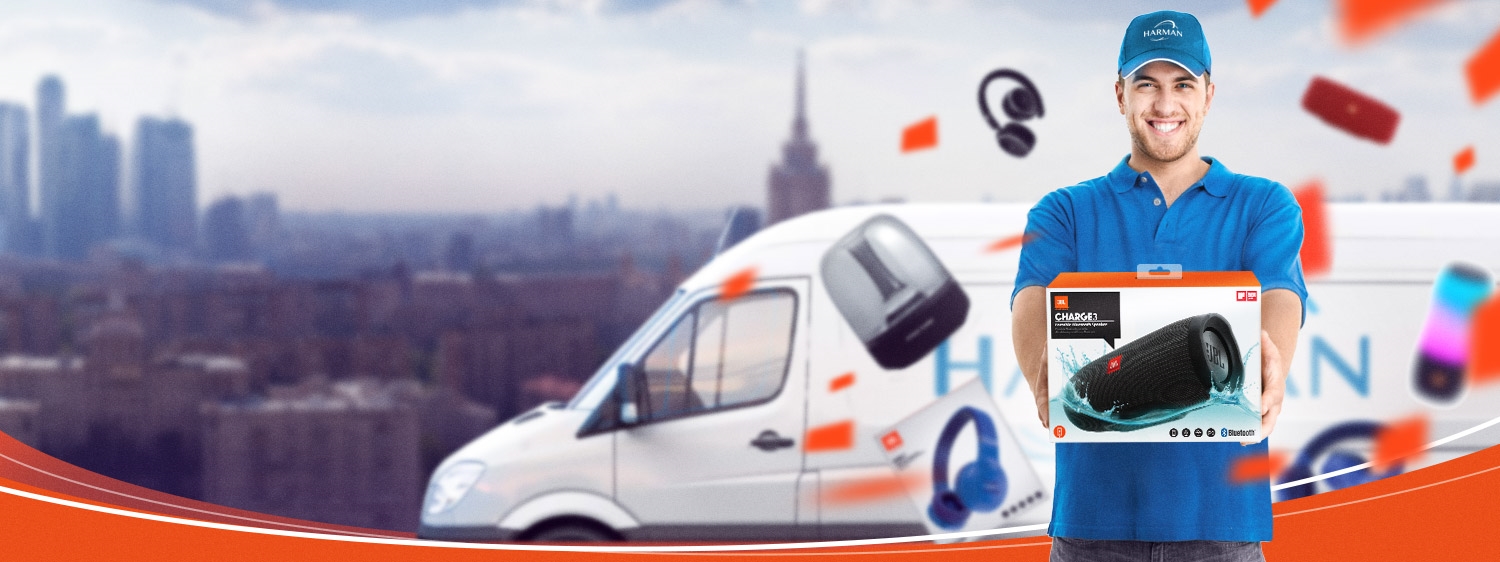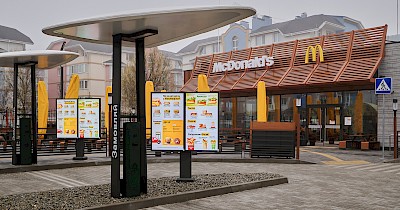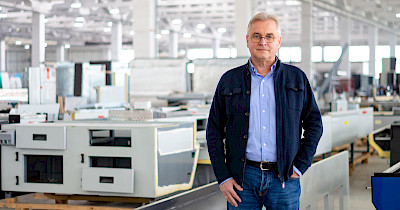

Retail Trends for 2019: from Voice Commerce to Automation and Robotics
DataArt, a global technology consultancy, predicts that retailers in 2019 will continue to concentrate efforts around digital transformation.
The trend is driven by the never-ending ‘hunt’ for the loyal consumer while maintaining the current customer base. Today’s consumers have a multitude of options to choose from and change behavior and shopping habits swiftly, from in-store to mobile.
Digital transformation can be seen in almost every business and the retail and distribution industries are on the cusp of a massive transformation. Consumers expect an outstanding and highly personalized buying experience across all channels – mobile, Web, in-store, and anywhere else. Consumers also want to receive their merchandise faster. We can see how delivery expectations are increasing. Consumers want free delivery and delivery time reduced to twelve hours or less.
When it comes to retail and distribution technology trends in 2019, R&D Practice leads at DataArt advise retailers to focus their efforts in the following areas to keep up with the pace of change:
- Voice commerce – voice technology is rapidly replacing traditional methods of customer engagement;
- Service over brand – further shift to online commerce is forcing retailers to focus on service;
- Personalization – AI & data analytics are key for highly personalized services and offers;
- Robotics and automation of routine tasks for cost optimization will be important;
- The delivery battleground – shortening delivery time and last mile delivery are necessary to meet consumer delivery expectations.
All Eyes on Voice Commerce
For the first time ever in the history of marketing, voice represents brands. AI-powered speech has created programmatic commerce, demonstrating that consumers are more ready for automatic replenishment than retailers seem to expect – this goes from home supplies, health and beauty to food and drinks, etc.

The number of connected devices and connected people is rapidly growing and with the introduction of 5G, this will foster an even faster pace of growth for voice commerce. Companies like Amazon, Google, Apple, and Microsoft consider introducing voice recognition a more important task than developing image recognition functionality. Therefore, we can expect personal voice assistants to become an integrated part of our lives very soon. Voice Commerce will assist customers in making their choices.
Service over Brand
Service now trumps brand recognition as the most important factor when it comes to online retailing. Brand recognition now ranks third, as consumers care more about quality and speed of services rather than a brand name. Going forward, retailers should build their digital strategies around loyalty to service rather than brand. In other words, every digital effort a retailer makes should be around simplifying the lives of consumers.
Customers will look for new tastes and new experiences. Therefore, demand for new innovative products working at the frontline will only increase. This will require constant investment in technology and innovation.
It Gets Personal
Personalization will reach a new level with a focus on leveraging AI and data analytics in the retail sector as consumers continue to search for highly personalized shopping experiences. Retailers will have the ability to accurately target consumers, analyzing behavior, preferences, needs, health and much more.
Data analysis can also play a significant role behind the scenes, especially when it comes to inventory management and distribution. This could be a win-win if this trend is designated as strategic.
To enhance customer loyalty, retailers will be introducing facial recognition technology to remember customers, track repeat customers and improve the customer experience. Billboards and digital signage will scan passers-by and provide a highly personalized commercial or food and drinks menu.

The biggest challenge to personalization will be avoiding violation of privacy and pleasing customers by showing only the most relevant offers and not overloading them. Pushback over privacy concerns and overloading offers from brands on social media networks can already be observed.
Retailers who can navigate the fine line between relevant and unobtrusive offers for consumers will see the most success.
Automation and Robotics
Investment in technology to create a frictionless experience for consumers across all channels is a priority or retailers risk disappearing into obscurity. For retailers in 2018, the omni-channel strategy significantly underperformed rather than succeeded. Those falling behind need to invest in the appropriate technology to catch up.
Changes to supply chain management strategies will be a requirement along with additional technology innovation. Retailers will look to leverage robotics technology and automation of routines tasks to optimize costs for the retailers while improving the customer experience overall.
For example, customer feedback will become one of the key points in enhancing the customer experience. Using the latest social media tools, self-service kiosks and other means of communication, retailers will focus on technologies that collect and respond to customer feedback faster and in a more efficient manner. These technologies will also make communication between the retailer and consumer more open and transparent which will improve consumer confidence.
The Delivery Battleground
Order commoditization by companies like Deliveroo, Just Eat, and Delivery Hero are disrupting the delivery model. Therefore, more retailers will strive to optimize their delivery strategies to keep up with consumer expectations.
Advanced delivery management technologies will replace expensive and sometimes disappointing third-party delivery services. The delivery designation will be based on customer location and en-route time of delivery. Grouped orders will ensure customers get their food and other products in a timely fashion. These new delivery management technologies will significantly reduce costs for retailers while simultaneously increasing customer loyalty

Conclusion
To be competitive and innovative, retailers need to invest in new technologies that will achieve the following main objectives:
- Acquire more consumers and beat out competitors;
- Make interactions with consumers more beneficial and avoid too much interaction;
- Optimise costs to increase profit;
- Become more innovative to inspire consumers.
Read more –
Read also


McDonald’s відкрив 10-й ресторан у 2025 році — у селі Гатне біля Києва (+фото)





